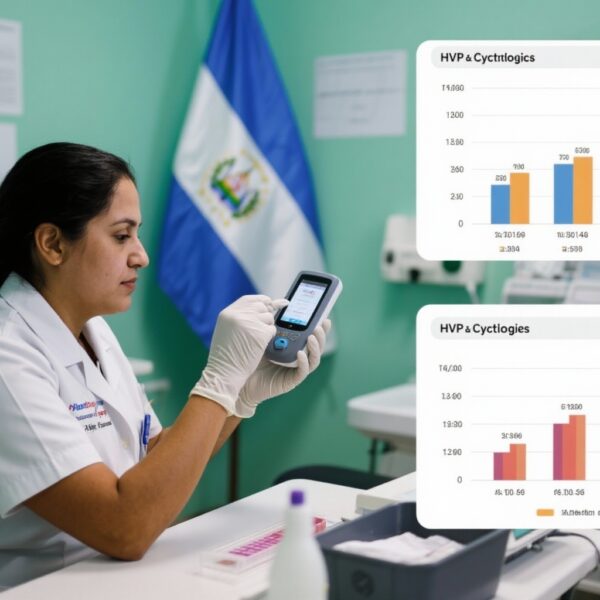Highlight
- Suicide risk indicators vary significantly by sex and age, with males and older adults exhibiting lower prevalence but higher absolute risk differences.
- Females and younger adults have higher relative odds ratios for suicide associated with risk indicators, despite often having lower absolute risk differences compared to males.
- Risk indicators in males are rarer but translate into a greater absolute risk, emphasizing the importance of targeted suicide prevention in these populations.
- Findings advocate for considering sex-specific and age-specific risk patterns to enhance individualized suicide risk prediction and prevention strategies.
Study Background
Suicide constitutes a significant public health challenge globally, with complex etiologies involving psychiatric, somatic, social, and demographic factors. Epidemiological data consistently show males have higher suicide rates than females, and suicide risk escalates with age, particularly in older adults. However, the nuanced understanding of how suicide risk indicators differentially contribute by sex and across different age groups remains limited, partially hindering targeted intervention efforts. This gap constrains optimal suicide prevention since generalized risk assessments may overlook critical sex- and age-specific patterns.
Study Design
This large-scale population-nested case-control study leveraged Swedish nationwide registers from 2009 to 2021. The study included 19,741 individuals who died by suicide (cases) and 197,296 matched general population controls matched on sex, age, and county of residence. Suicide deaths were identified via the national cause of death register.
Researchers assessed 25 suicide risk indicators from the year preceding death or index date in controls. These indicators span psychiatric diagnoses, somatic disorders, bereavement events, and sociodemographic variables. The presence or absence of each risk indicator in the past year was analyzed using sex-specific and age-specific odds ratios (ORs) for suicide, complemented by risk difference metrics to gauge absolute risk impact.
Key Findings
Among suicide cases, 70% were male. Age distribution was 9% aged 15–24 years, 29% aged 25–44 years, 36% aged 45–64 years, and 26% aged 65 years and older. Across the 25 risk indicators:
1. Prevalence Patterns: Most risk indicators demonstrated the lowest prevalence in males and older adults (65+ years) in the year prior to suicide.
2. Relative Risk (Odds Ratios): Risk indicators typically exhibited weaker associations with suicide among males and the oldest age groups compared to females and middle-aged adults. The median OR for suicide across these indicators was 14.6 (IQR 5.2–29.1) for females versus 10.3 (IQR 4.3–21.3) for males. For age groups, 25–44 year-olds had a median OR of 17.4 (IQR 6.5–28.9), significantly higher than the 8.0 (IQR 3.6–23.7) observed for those aged 65 and above.
3. Absolute Risk Differences: Despite weaker relative risks, males exhibited larger absolute risk differences for nearly all indicators, indicating that when risk factors are present, the actual excess risk of suicide is greater for males.
4. Age-Specific Observations: Older adults (65+) showed less common risk indicators and lower relative ORs, suggesting suicide in this population may be less predictable by traditional indicators.
These findings expose substantial heterogeneity across sex and age groups both in prevalence and association strength of suicide risk indicators.
Expert Commentary
This comprehensive population-based analysis clarifies that conventional suicide risk indicators do not have uniform predictive utility across sex and age strata. The lower prevalence and weaker relative associations in males and elders may reflect different underlying pathways to suicide, possibly involving under-ascertained risk factors, biological differences, or social stigma limiting help-seeking.
Clinically, the larger absolute risk differences in males highlight that even infrequent risk indicators warrant serious attention as they signify substantial suicide risk. For older adults, the challenges in risk prediction underscore the need for improved assessment tools tailored to this group’s unique clinical and psychosocial profiles.
Limitations of this study include its reliance on registry data which may misclassify exposures or overlook nuanced psychosocial stressors. Additionally, the Swedish setting’s relative homogeneity may affect generalizability to more diverse populations. Nonetheless, these results have significant implications for refining suicide prevention strategies.
Conclusion
This study exposes critical sex-specific and age-specific variations in suicide risk indicators: males and older individuals exhibit fewer, but when present, more consequential risk markers. These patterns emphasize that individualized suicide risk prediction models and prevention efforts should incorporate sex and age dimensions to optimize effectiveness.
Health services should prioritize early detection of risk indicators in males despite their rarity, while in older adults, enhanced screening approaches are needed to detect subtle or atypical risk signals. These insights pave the way for more personalized, equitable suicide prevention strategies that could reduce mortality across populations.
Funding and ClinicalTrials.gov
The original study was supported by Swedish research grants and conducted utilizing national health data registries. No clinical trial registration applies.
References
Johansson F, Gunnarsson L, Grossmann L, et al. Patterns of sex-specific and age-specific risk indicators of suicide: a population-nested case-control study. BMJ Ment Health. 2025 Oct 28;28(1):e301959. doi:10.1136/bmjment-2025-301959. PMID: 41151811; PMCID: PMC12570955.
Additional pertinent literature:
1. Turecki G, Brent DA. Suicide and suicidal behaviour. Lancet. 2016;387(10024):1227-39.
2. Franklin JC, Ribeiro JD, FOX KR, et al. Risk factors for suicidal thoughts and behaviors: A meta-analysis of 50 years of research. Psychol Bull. 2017 Feb;143(2):187-232.
3. Wiktorsson S, Runeson B, Skoog I, Östling S, Waern M. Changes in prevalence and risk factors for suicide in the oldest old: a 37-year follow-up. Am J Geriatr Psychiatry. 2010 Mar;18(3):268-76.
These sources align with and contextualize the study findings within the broader evidence on suicide epidemiology and risk assessment.



